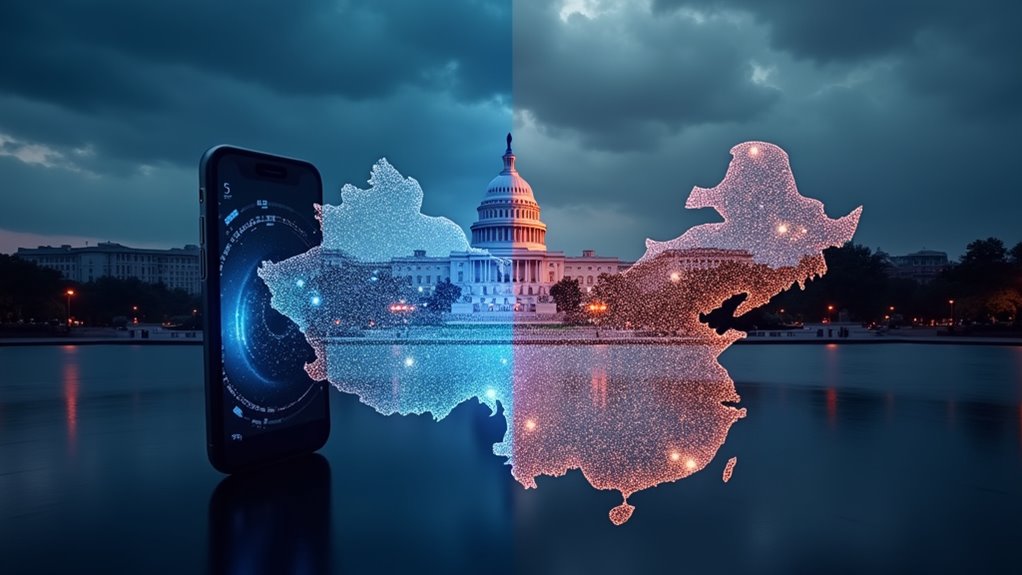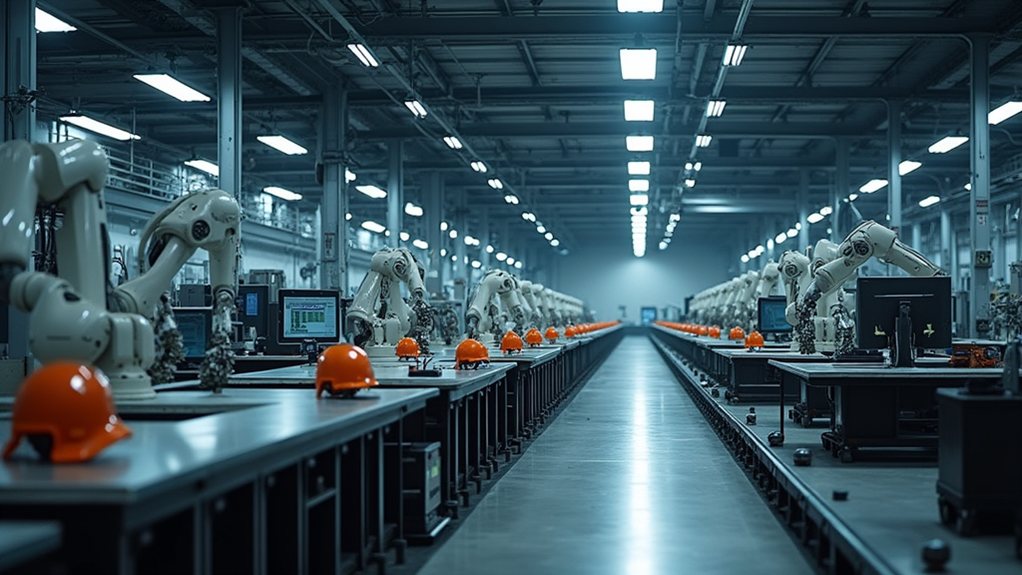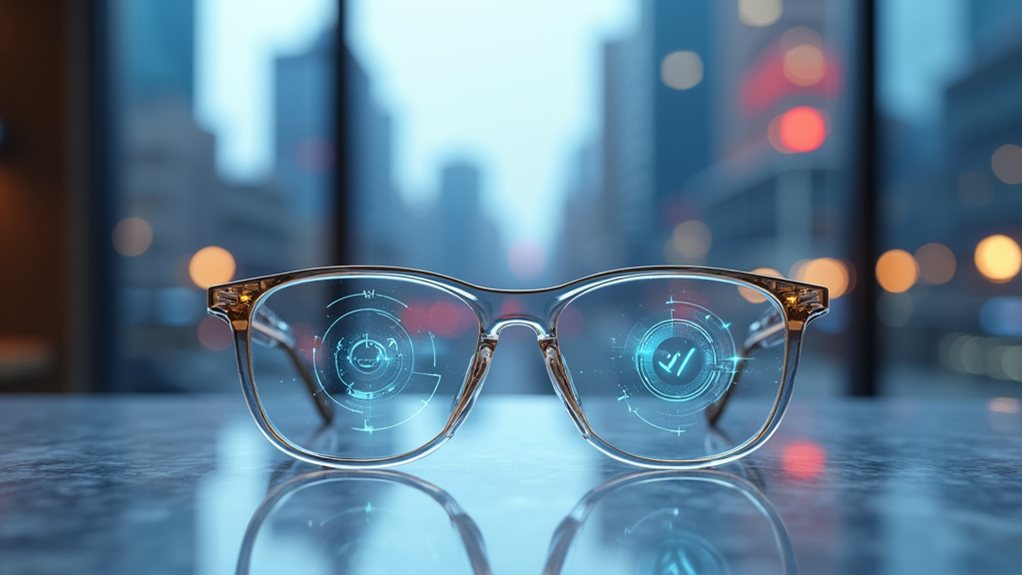The new ChatGPT toy box trend—turning your selfies into miniature action figures—raises legitimate privacy concerns. Users enthusiastically hand over facial data for that perfect Instagram-worthy collectible, often ignoring the expanding digital footprint they’re creating. Sure, those tiny plastic versions of yourself sealed in nostalgic packaging look cute (glitchy legs notwithstanding), but they’re yet another way we’re casually trading pieces of our digital identity for fleeting social media dopamine hits. The full implications might surprise you.
Who knew that becoming a miniaturized version of yourself, complete with blister packaging and accessories, would be 2025’s digital obsession? Since emerging in April, the “ChatGPT Toy Box” trend has swept across social platforms, replacing those whimsical Ghibli Studio portraits that dominated feeds just months ago.
The process is deceptively simple: upload your photo, craft a detailed prompt specifying packaging style and accessories, and *voilà* – you’re immortalized as a six-inch version of yourself, sealed in nostalgic packaging that would make Mattel executives sweat.
Want your DJ action figure complete with miniature turntables? Done. UX designer with a tiny MacBook and impossibly small Apple Pencil? You got it.
But as we rush to transform ourselves into collectible commodities, should we pause to reflect on what we’re packaging away? Each time you upload your likeness for that perfect action figure render, you’re fundamentally handing over your digital identity for AI processing. While these apps offer entertainment, they contribute to your expanding digital footprints across platforms that form part of an increasingly complex surveillance ecosystem.
Sure, there are daily limits on photo attachments, but that’s hardly reassuring.
The customization options are admittedly impressive. Users can specify everything from outfit details to accessory choices that reflect their profession. Social media platforms are filled with examples like Royal Mail’s Postie Action Figure with its envelope accessory and vest.
That marketing consultant can have their figure clutching a microscopic clipboard while wearing that signature blazer they’re known for on LinkedIn. It’s personal branding taken to its logical, plastic-encased conclusion.
Technical limitations exist, of course. Sometimes your AI doppelgänger ends up with legs phasing through packaging or facial features that make you look like your distant cousin twice removed.
Multiple attempts are often needed before you get something Instagram-worthy.
Some enterprising creators have already developed strategies to monetize these digital figures, even exploring 3D printing options to bring their toy alter-egos into physical reality.
There’s an entire ecosystem forming around what started as a simple digital trend.









